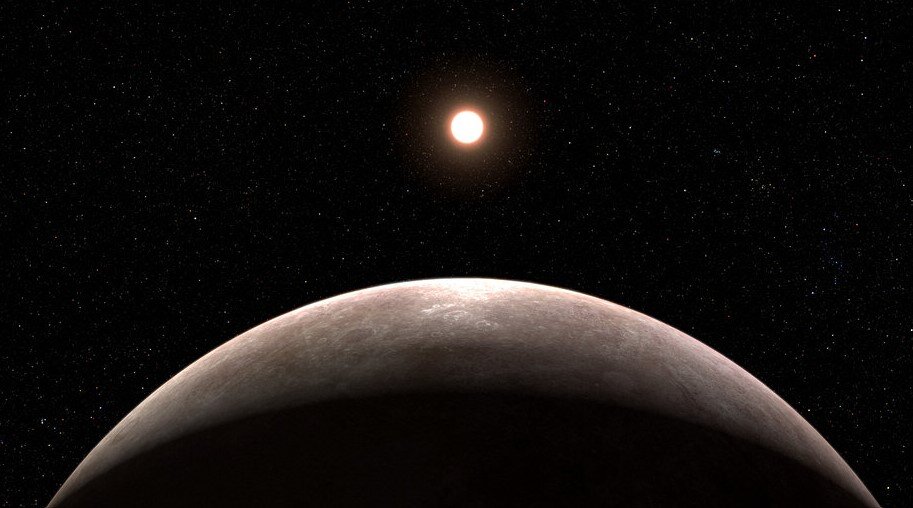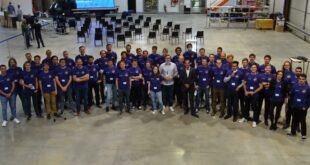
Ibadan, 13 January 2023. – Researchers have confirmed the presence of an exoplanet, a planet that orbits another star, using the NASA/ESA/CSA James Webb Space Telescope for the first time. Formally classified as LHS 475 b, the planet is almost exactly the same size as Earth, clocking in at 99% of Earth’s diameter.
Kevin Stevenson and Jacob Lustig-Yaeger led the research team that made the discovery, both from the Johns Hopkins University Applied Physics Laboratory in Laurel, Maryland. The team chose to observe this target with Webb after carefully reviewing data from NASA’s Transiting Exoplanet Survey Satellite (TESS) which hinted at the planet’s existence.
Webb’s Near-Infrared Spectrograph (NIRSpec) captured the planet easily and clearly with only two transit observations. “There is no question that the planet is there. Webb’s pristine data validates it,” said Lustig-Yaeger. The team attempted to assess what is in the planet’s atmosphere by analyzing its transmission spectrum. Although the data show that this is an Earth-sized terrestrial planet, they do not yet know if it has an atmosphere. While the team cannot yet conclude what is present, they are sure about what is absent.
“There are some terrestrial-type atmospheres that we can rule out,” explained Lustig-Yaeger. “It can’t have a thick methane-dominated atmosphere, similar to Saturn’s moon Titan.” The team also notes that while the planet may have no atmosphere, there are some atmospheric compositions that we have not ruled out, such as a pure carbon dioxide atmosphere.
Webb also revealed that the planet is a few hundred degrees warmer than Earth. Because of this, if the researcher detects clouds, they may conclude that the planet is more like Venus. This is because the planet has a carbon dioxide atmosphere with thick clouds perpetually shrouding it. The researchers also confirmed that the planet completes an orbit in just two days, information that was almost instantaneously revealed by Webb’s precise light curve.





